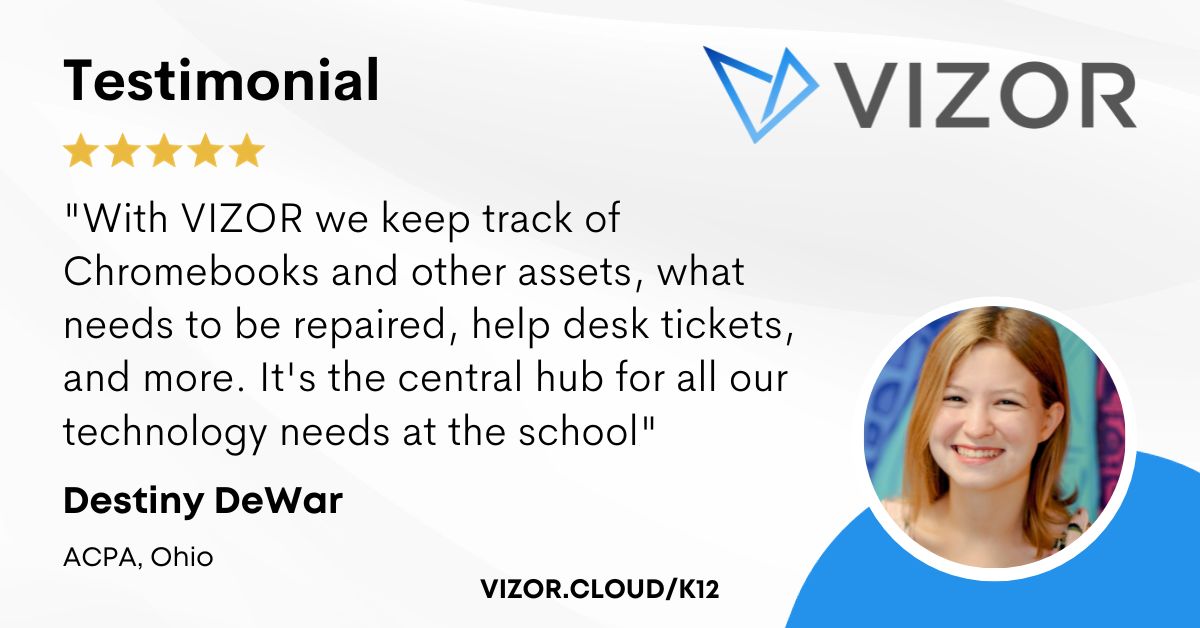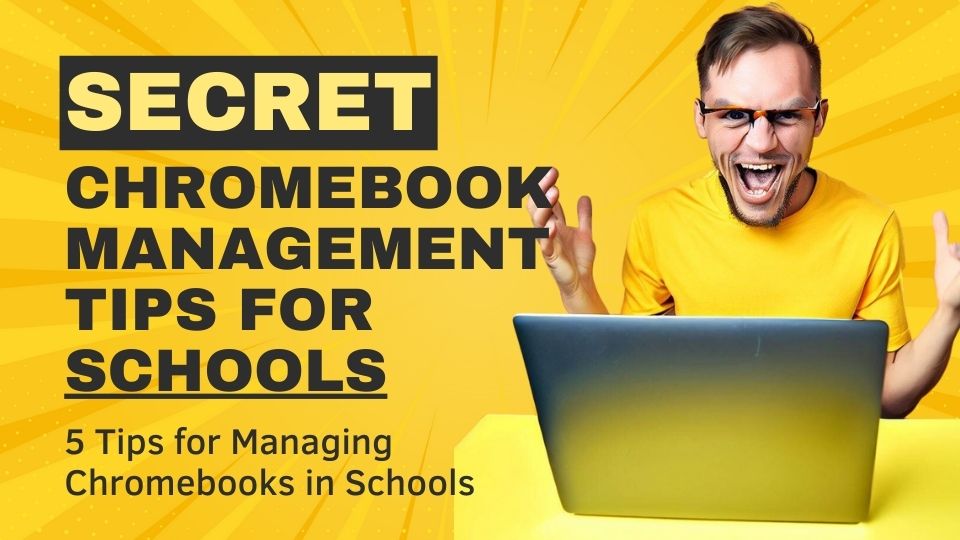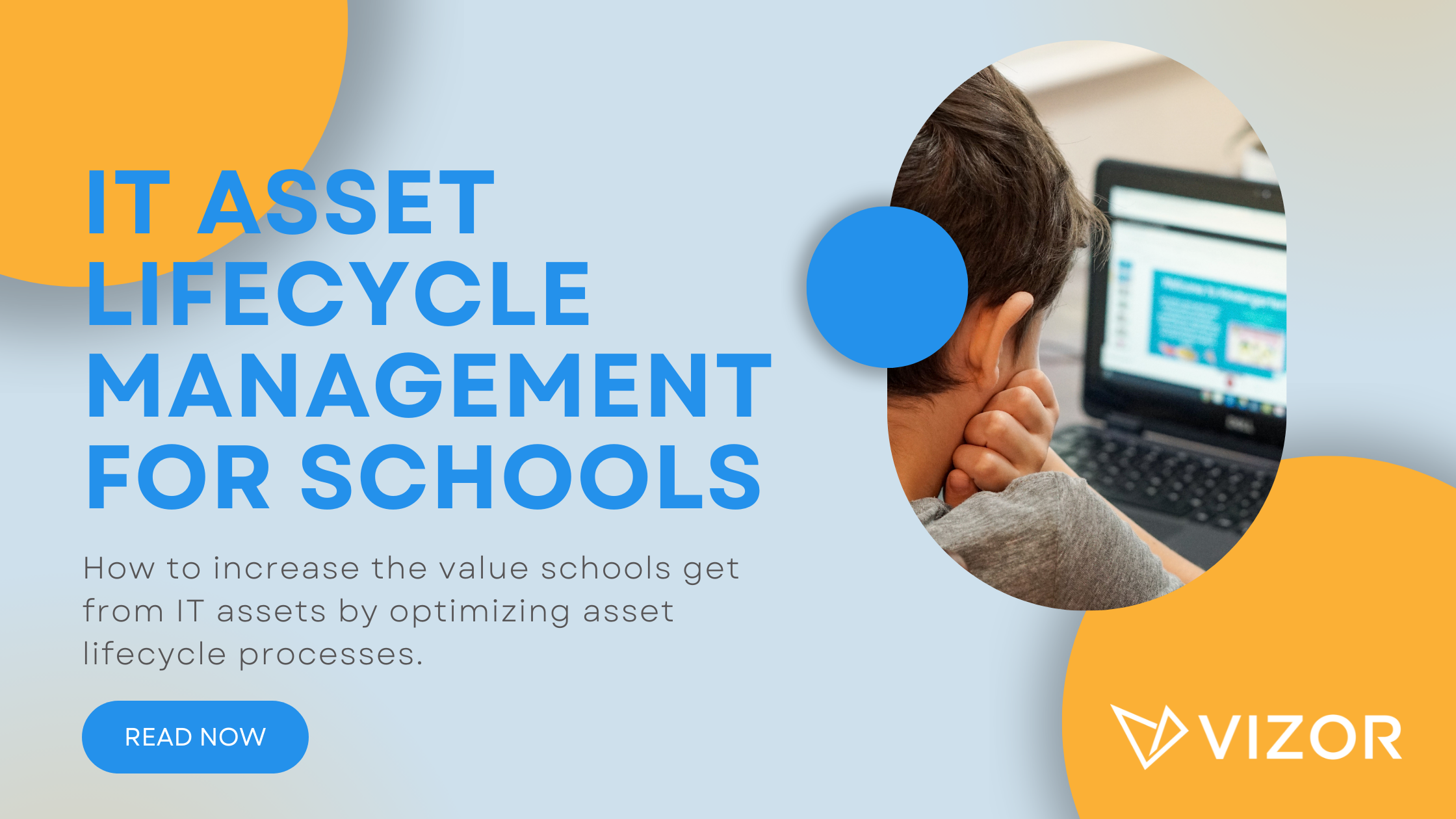Education: Google Admin Console Limitations
Google Admin Console is a great tool. You can configure your devices, add policies, deploy applications, and overall manage your Chromebooks on a basic level. If you didn’t know, it even has the option to remotely wipe the information on a device. If your student loses one, you can easily wipe it without needing the physical device. Consequently, no data can be lost or stolen. Although such a powerful tool for Education, the Google Admin Console has limitations when it comes to device management. Therefore, in this blog, we review three Google Admin Console limitations for proper Chromebook management.
Why you NEED this information
When schools acquire Chromebooks, they need to be ready to track who has what, track costs and manage repairs. As device management experts, we know this is the absolute essential practices to manage hundreds, if not thousands, of Chromebooks.
Another reason we want to highlight these practices is that many schools came to us after realizing their importance, and realizing their current solutions were limited. It was difficult for them to track who has what, track costs and manage repairs in their Google Admin Console. What’s crazy is that the schools ignored these three practices at first. However, after time, they became bigger and bigger priorities as they struggled to manage Chromebooks. Don’t make the same mistake!
Google Admin Console Limitations
1. Bulk Updates
It’s not possible to bulk update data about your Chromebooks in Google Admin Console. For example, if you want to rename 100 Chromebooks in the Google Admin Console, you need to do it one at a time. As you can imagine, this is terrifying when you have hundreds of devices.
As device management experts, we specifically created VIZOR for Chromebooks to update your devices in bulk. You can update their name, location and asset tags in bulk, just to name a few.
2. Custom Fields
Another limitation of the Google Admin Console is its custom fields. You can technically add fields to your console. However, they do not interact with the information you already have. There are no workflows or possibilities for automation. For example, you can add a field for repair costs but there is no report consolidating the data from each one of your devices. The fields are informative but they rest in the Chromebook profile and nowhere else.
Ideally, you want to add a custom field that you can monitor. In VIZOR for Chromebooks, you can create custom reports related to your custom fields. As a result, you can consolidate and extract the information without any headaches.
3. Student Information System
Finally, speaking of consolidating data, chances are you use a student information system to track the information of your students. Unfortunately, Google does not integrate with any of them. Therefore, tracking who has what becomes more tedious. If a parent’s email changes in the student information system, but it’s not updated in Google, chances are these parents will never receive an email about chargebacks. The IT department won’t have accurate information. IT will then need to work in two separate systems and need to verify information twice.
Instead, VIZOR for Chromebooks integrates with your Google Admin Console and PowerSchool. If you don’t use PowerSchool, we have a special API integration that permits custom integration with the system you are using.
Conclusion
Beware of the Google Admin Console limitations when managing hundreds or thousands of Chromebooks. Knowing this before acquiring the devices is ideal. However, if you already have Chromebooks, contact us here to see how we can help you with proper Chromebook management.
How to simplify student device management in your school.
Need a School IT Asset and Device Management Solution?
- Google Admin Sync
- Simplify 1:1 Initiatives
- Track Device Repairs
- Barcode Check-In/Check-Out





